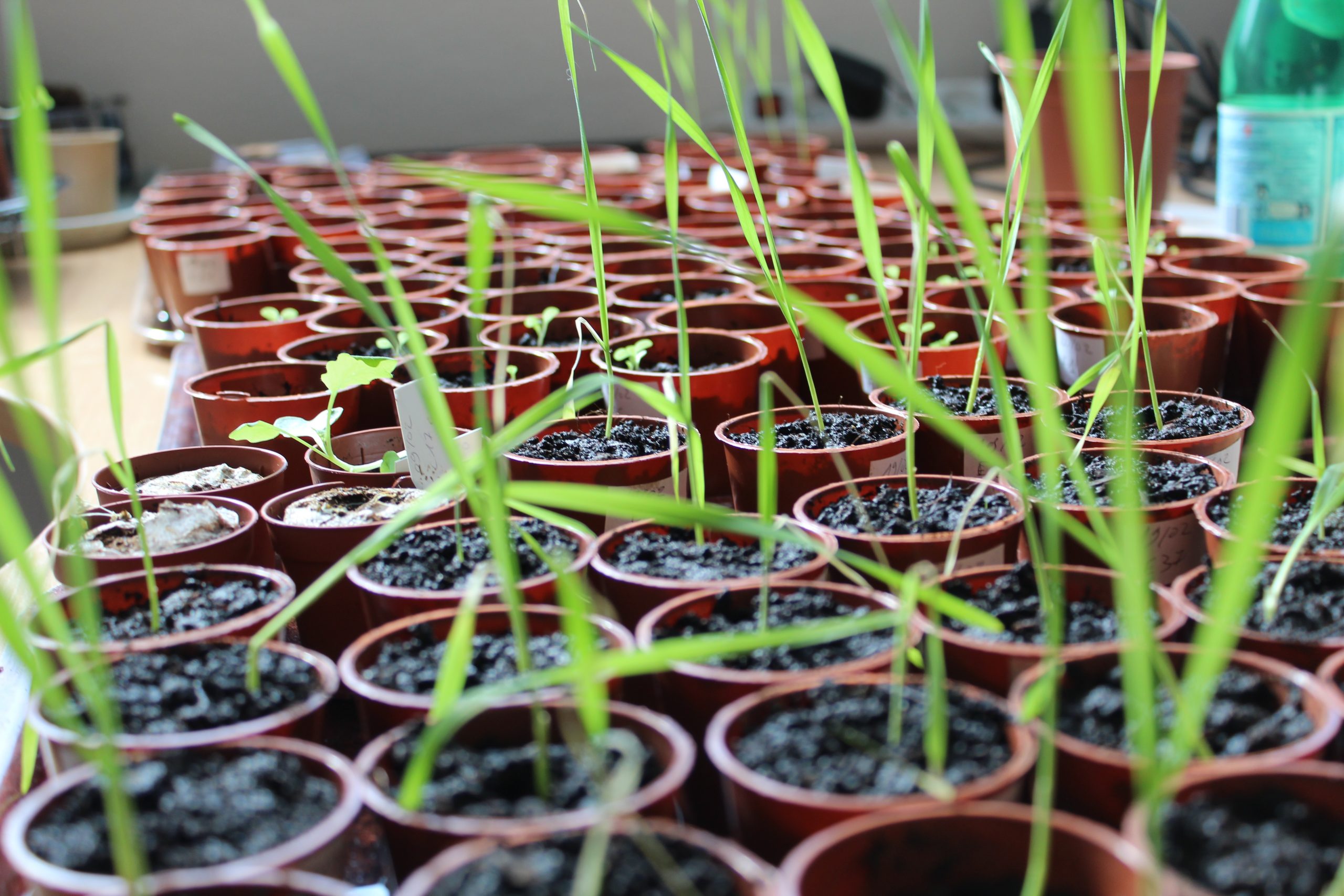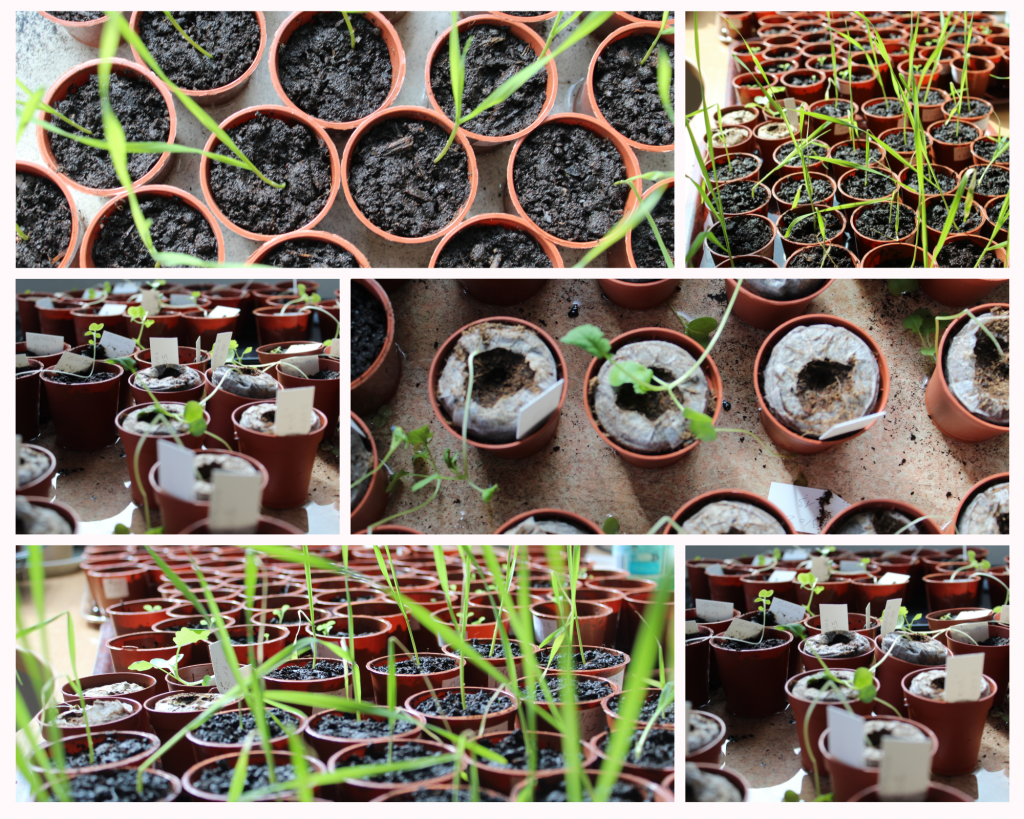
HERBISTOP PROJECT

Katell GADONNA & Olivier leroy
Presentation
One of today’s challenges is to find effective alternatives to chemical weedkillers (phytosanitary products such as glyphosate). Alternatives exist or are under study, but in terms of both cost and effectiveness, none is yet able to compete with the chemical route. The most developed competing technique is thermal treatment. But both options have their drawbacks: thermal weeders combining heating resistances and a blower system are not very efficient and consume a lot of energy, while thermal weeders with a flame require the use of bottled hydrocarbon gas.
The HERBISTOP project is an innovative solution proposing the use of plasma for weed control in the many fields where it is essential, such as agriculture, transport and urban planning.
In agriculture, weed control is an essential action. Plants that compete with crops not only reduce growth and production, but can also be toxic to consumers, present invasive risks or cause allergenic pollen production.
In the transport or urban planning sectors (paths, roads, bridges, parking lots, railroads, airport/aerodrome runways, sidewalks, sports fields and leisure areas, etc.), undesirable vegetation needs to be eliminated so as not to hinder traffic, but also to limit the deterioration of structures.
The proposed innovation consists in combining physical and chemical effects obtained simultaneously by producing a compressed-air plasma, and thus a combustion-free flame sent in the form of a torch towards the plants to be destroyed. Plasmas combine the advantages of different modes of action: thermal (heat), chemical (formation of active species such as ozone), radiant (UV light emission, infrared light emission, and possible microwave radiation in some cases). The synergy of these various weed-killing characteristics is a major asset for effective weed control.
Laboratoire de Physique des Gaz et des Plasmas
Bat 210, rue Henri Becquerel
91405 Orsay Cedex
Phone: (33) 01 69 15 72 51
SOCIAL NETWORKS


